As a hobby stalker who has a limited population to manage I'm always careful at the start of the season. Yes part of me is keen to get out as the opening of the season tends to coincide with Spring getting into full swing and I can start to look forward to summer with evenings out after work absorbing the countryside at its best whilst trying to successfully outwit a buck or two. However rushing out and shooting the first Buck you see is a recipe for disaster. If he is a mature buck you will not be allowing him the opportunity to past his genes on at the rut, removing him will also allow younger bucks into his territory who are the worst culprits for fraying and if he's of trophy consideration its more than likely he's still got some velvet remaining on his antlers which will limit any scoring.
Regardless of his age it was still a very memorable stalk I had the easterly winds against me plus a boggy paddock to navigate to get into range, so when the opportunity finally presented itself for a safe shot I was ecstatic. Even now after shooting numerous deer I still get a little twinge of the 'buck fever' which only reminds me why I remain so passionate about this sport.
But as all will tell you taking the shot is only one part of the story with the best still to come, the reward of fresh venison which now resides in my freezer.
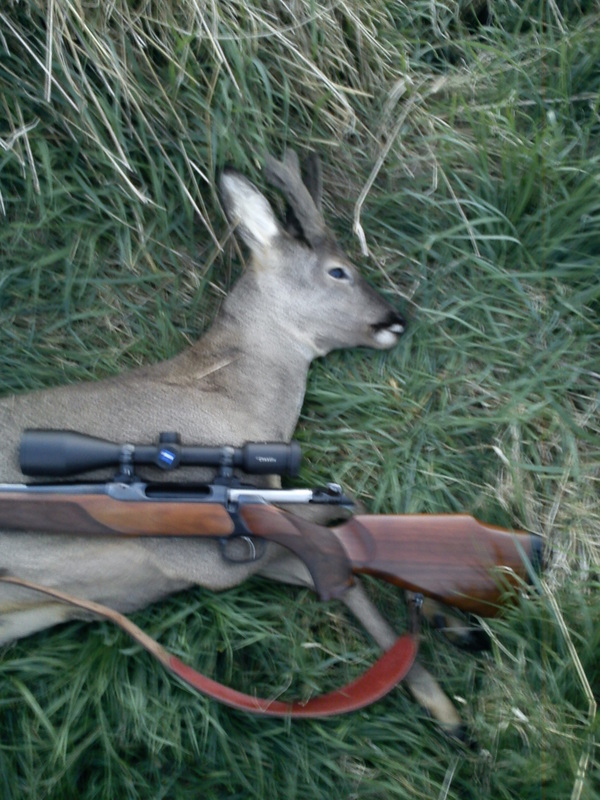
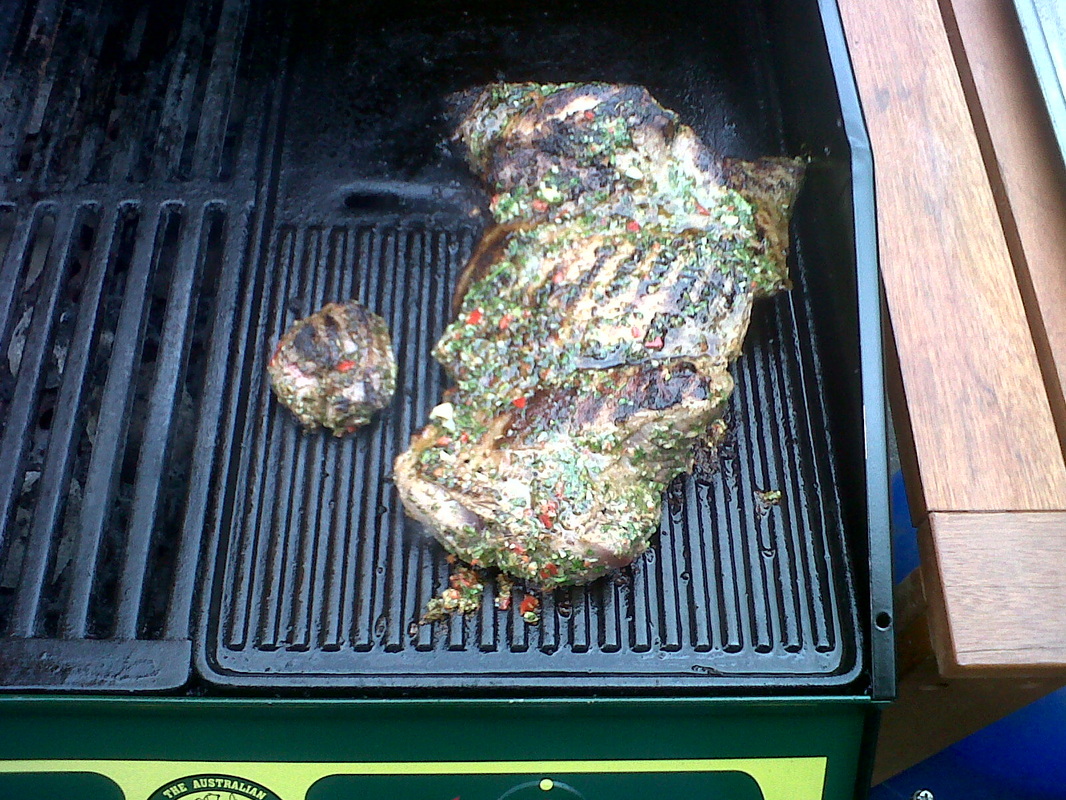
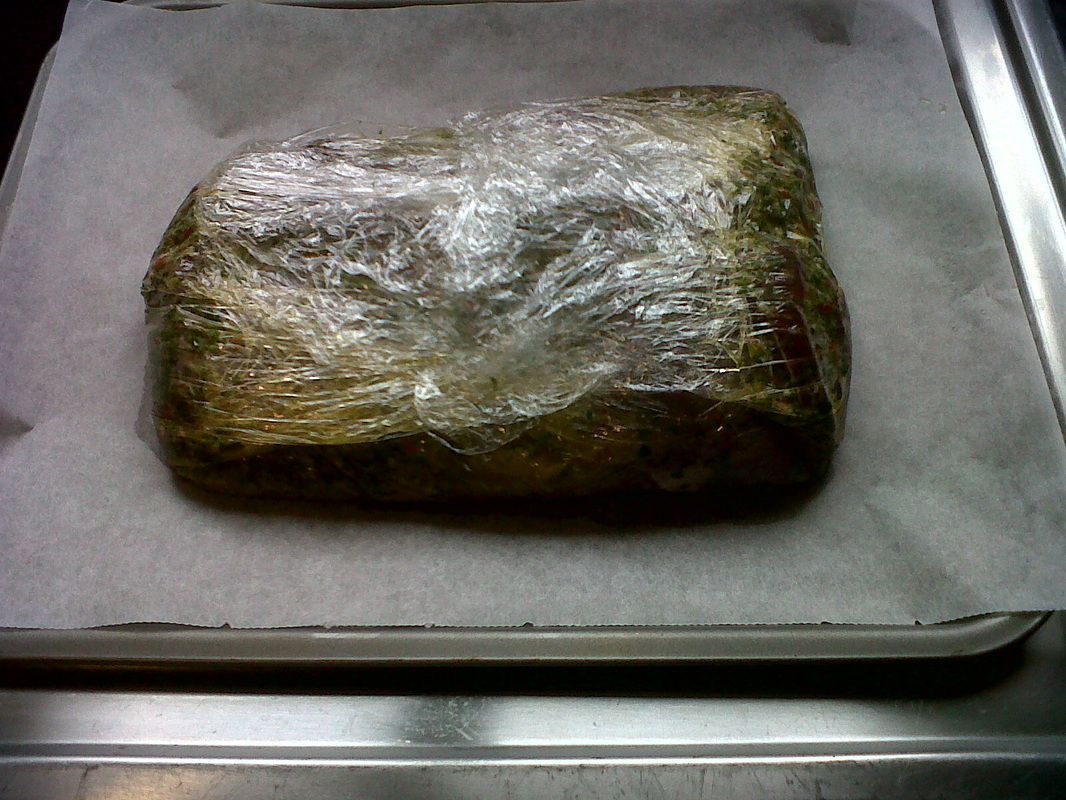
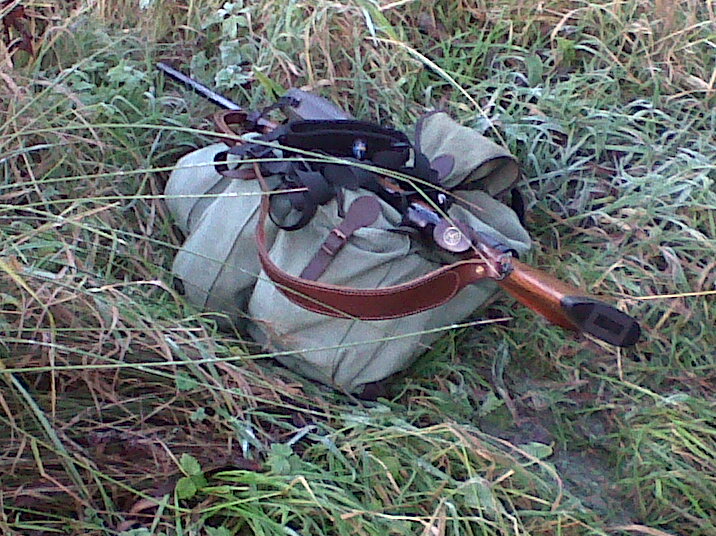
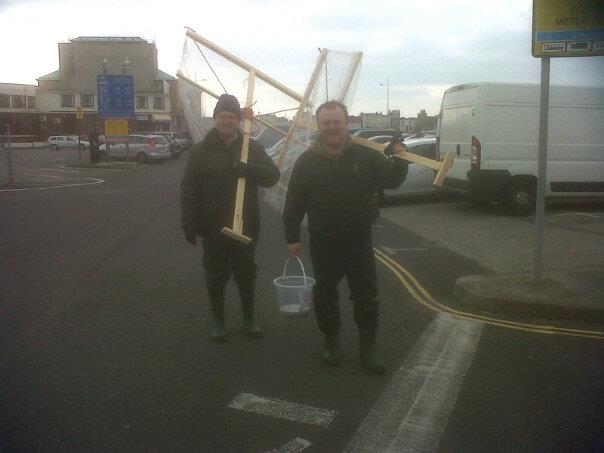
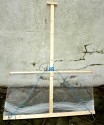
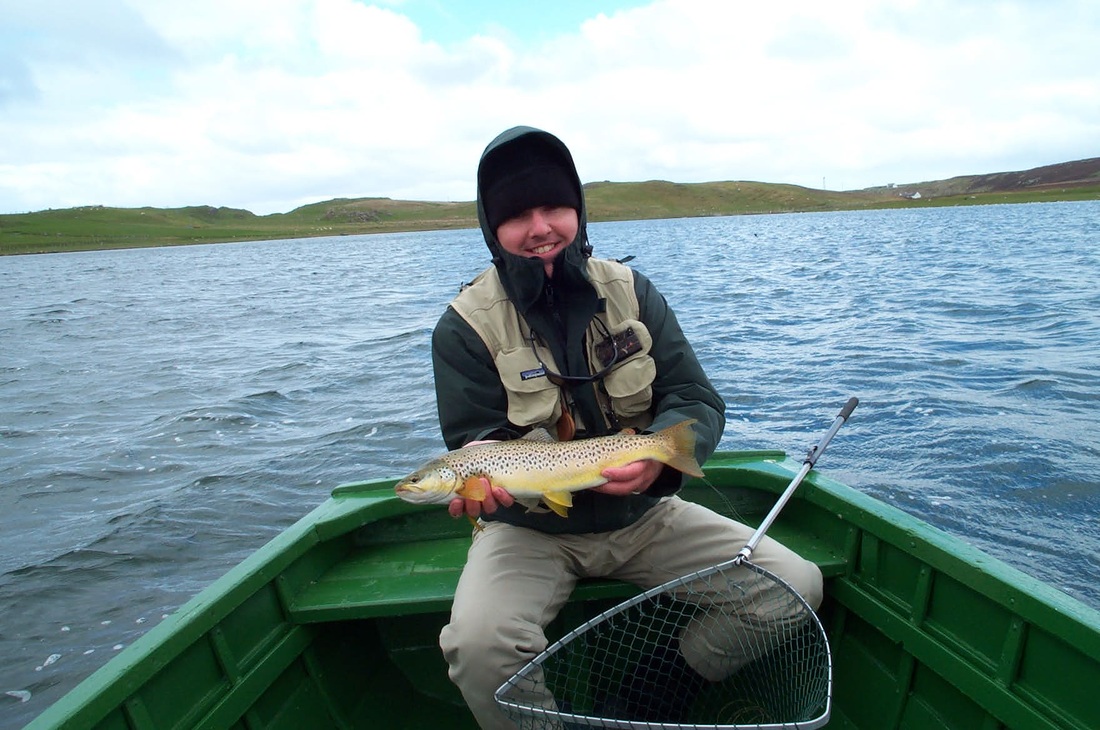
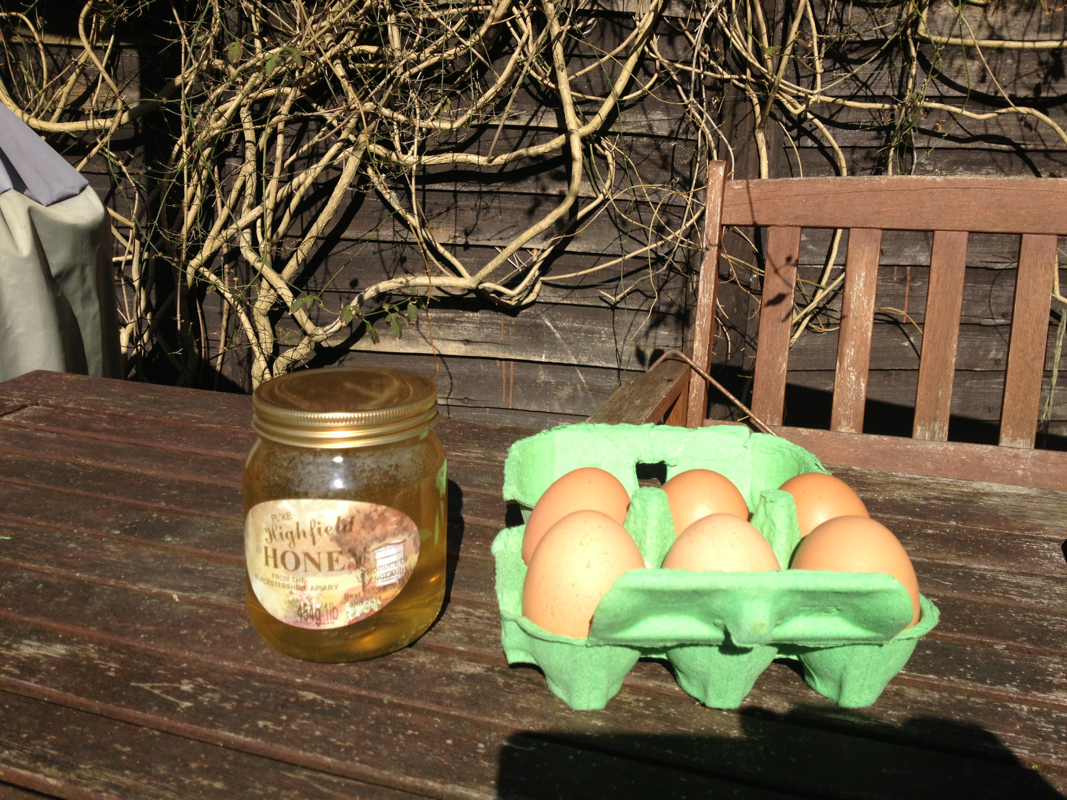
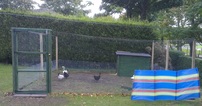
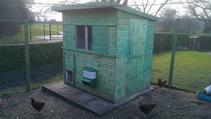
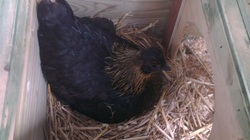

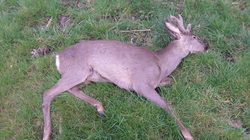

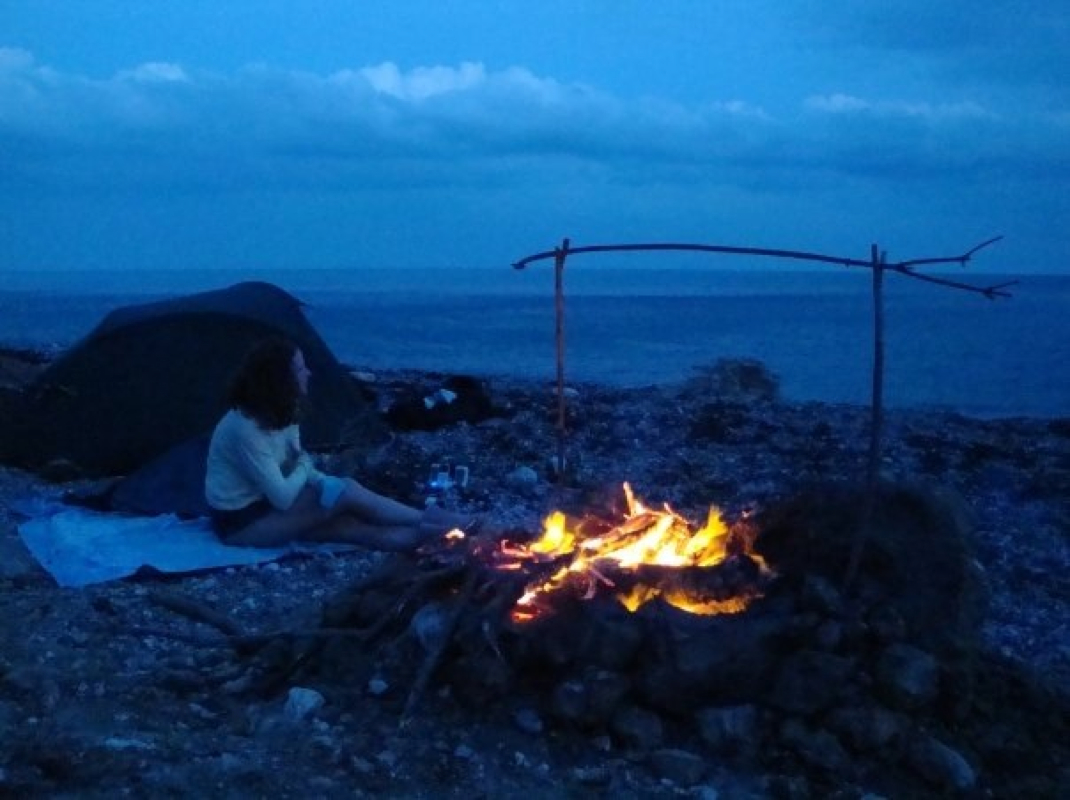
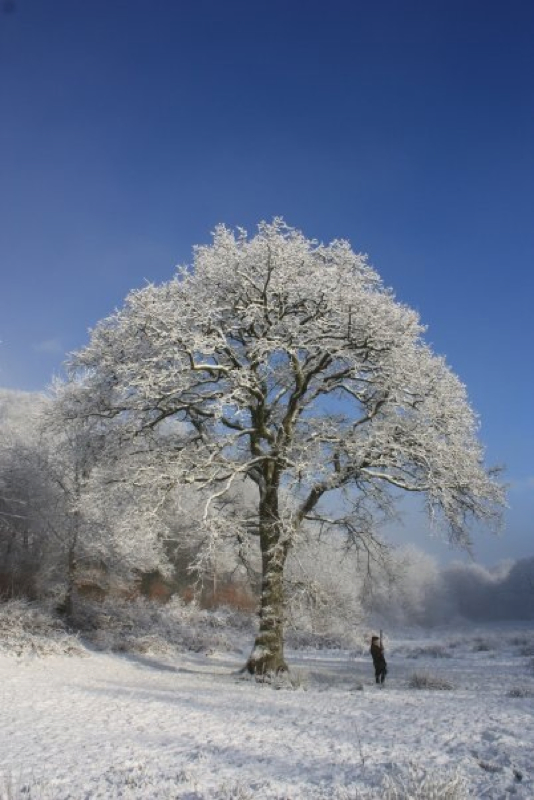
 RSS Feed
RSS Feed
